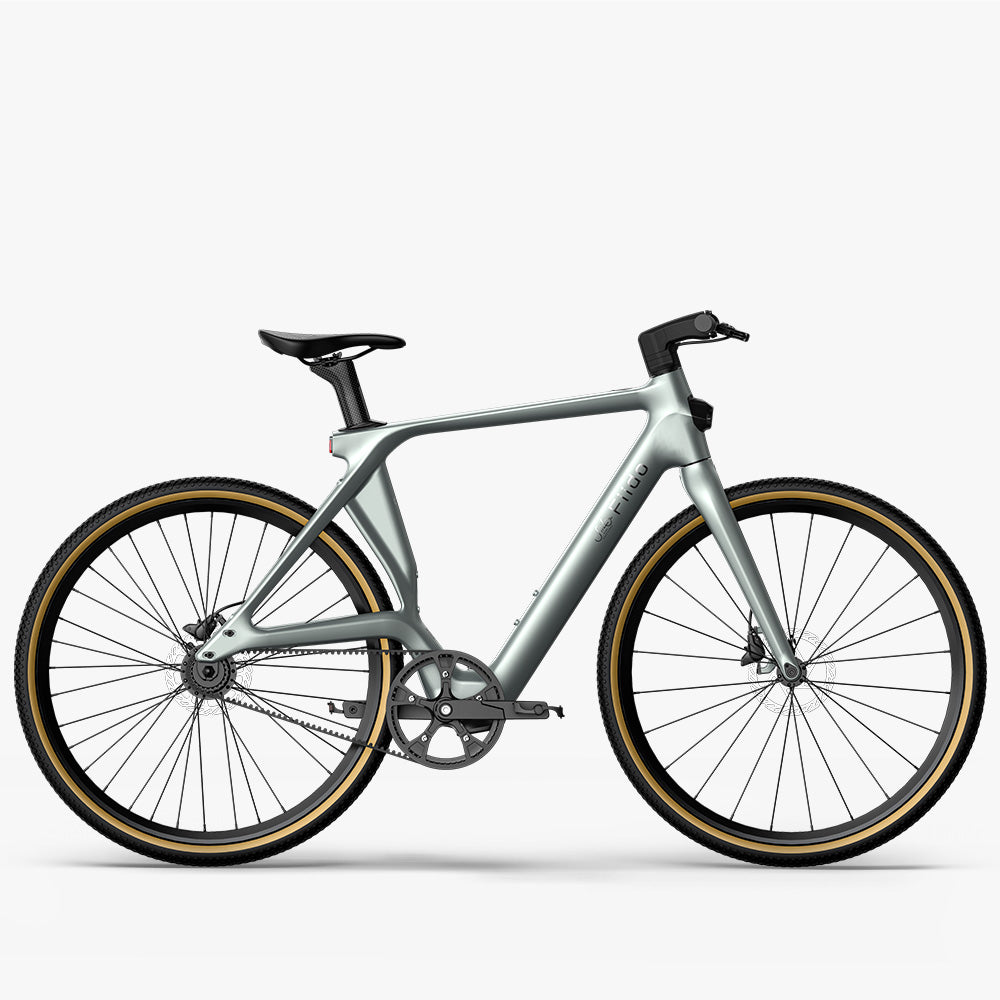Electric bikes have taken the cycling world by a turmoiling storm.But why? How do they compare? In this article, you'll be exploring many more about these 2-different bike types in no time. So, keep reading, and you'll know better.
Read About -
- Key information about their speed and power sources.
- More about maintenance complexity you may face on the way.
- Legal regulations for confirming whatever you choose, you can enjoy a hassle-free ride.

1. Power Source: Manual vs. Electric Assistance
Ordinary Bicycles
If you are a regular rider, the most obvious difference between regular bikes and e-bikes is their power source. Traditional bicycles, of course, entirely depend on human power to operate.
So, it's safe to say that pedaling is the only energy source. However, as with this type, the speed and endurance of your ride are solely linked to your sheer strength and stamina, so exhaustion is inevitable.
Electric Bicycles
Electric bicycles, unlike traditional pedal bikes, are speedy beasts that combine pedaling effort with the power of an electric motor.
As a result, depending on the battery capacity and level of assistance you can add to the table, you can travel about 160 km on only a single charge. Not to mention, you wouldn't feel tired yet cover more roads in one go.
2. Appearance Differences: Simple vs. Technologically Enhanced
Ordinary Bicycles
Ordinary bicycles usually have a simpler and more streamlined design. There aren't no extra components such as batteries or motors, so it maintains a clean and minimalistic look.
Traditional bikes focus on small mechanical efficiency, with the only electronics typically being add-ons such as bike lights or GPS units.
Electric Bicycles
E-bikes, on the other hand, are masters of more complex yet sleek futuristic body designs, which ensures that you can satisfy your modern design preferences.
With the additional electronic components, including the battery, motor, and sometimes an LED display to monitor battery levels and speed, it's a complete package for all your needs in one bike.

3. Riding Experience: Physical Effort vs. Assisted Comfort
Ordinary Bicycles
For cardiovascular exercise, an ordinary bicycle can be a somewhat wise choice since it requires more physical effort. But be careful, as these types tend to make you more exhausted.
Such as tensed ligaments and torn muscles, which add to your exhaustion. The longer your rides are, the harder it becomes to continue, especially over hilly terrain. In fact, it's scientifically proven that you'll be 20% more exhausted over one ride with ordinary bicycles compared to e-bikes.
Electric Bicycles
Newer, more efficient e-bikes offer a more relaxed riding experience than traditional models. You can cruise faster or slower, choosing how much energy you want.
The Fiido AIR Electric Bike is a prime example of these enhanced riding experiences. Its power assistance smoothly adjusts based on your pedaling intensity, reducing physical strain on the go.
4. Speed Difference: Muscle Power vs. Electric Boost
Ordinary Bicycles
For traditional ordinary bicycles, a fit cyclist can maintain a speed between 15 and 25 km/h on flat terrains. This may be sufficient for casual commuting. But if you are not that fit or in good health, it can make you feel limited when you need to travel long distances or keep up with traffic in bustling areas.
Electric Bicycles
E-bikes have a way better advantage in this jurisdiction of speed. Whether you are a bodybuilder or just a beginner, you can achieve speeds between 25 and 32 km/h with electric assistance without breaking a sweat.
However, some cyclists find their ride to be enjoyable, forgetting about the speed. That's why these bikes are legally limited to 25 km/h in many regions for safety reasons.
5. Maintenance: Simple Fixes vs. Advanced Care
Ordinary Bicycles
If you are into simple plain style then the advantage you can enjoy with a regular bicycle is its simplicity regarding maintenance. With fewer parts to worry about, the tasks focus on only basic elements like the chain, brakes, and tires.
Oil the chain regularly and occasionally replace the brake pad. These small tasks, along with periodic check-ups, are usually enough to keep the bike up and running smoothly.
Electric Bicycles
E-bikes also need standard maintenance, like chain lubrication, brake checks, etc. However, in some riders' opinion, the complex part of e-bike maintenance is its battery and motor, which are also considered to be its heart.
Daily, this would include monitoring the battery's health, ensuring it's adequately charged, and checking the motor for potential issues.
But do you know what the best part is? "With a high-end e-bike, you can ride about 40,000 – 80,000km before it needs any battery or motor maintenance?"
6. Applicable People: Fitness Enthusiasts vs. Commuters and Adventurers
Ordinary Bicycles
As said earlier in this article, if you prioritize exercise more, regular bicycles are the excellent pick for you as long as you are careful about not overdoing and the exhaustion level. With the addition of 20-30 lbs (9-14 kg) of regular bikes, the exercise would be worth it.
Or perhaps you need only short commutes. Then, you might not need to be a fitness enthusiast to avoid exhaustion.
Electric Bicycles
On the other hand, E-bikes are generally born for enthusiasts, style lovers, and long-distance riders.
Are you a city commuter and want an effortless ride to work while avoiding exhaustion? These lightweight e-bikes are great for you, as their cool design makes them very easy to handle.
Wanna go on a long ride without having to deal with the effort of traveling through busy streets? Again, it is an excellent pick since the motor will ensure you enjoy your ride without getting troubled by side issues.

7. Legal Regulations: Fewer Restrictions vs. Safety Compliance
Ordinary Bicycles
Compared to modern e-bikes, regular bicycles have fewer regulations, which is a relief if you want freedom from additional laws on the ride. As long as you follow traffic rules and wear proper safety gear while keeping in mind the minimal restrictions on speed, everything else should be fine.
Electric Bicycles
E-bikes, however, have some clear and stricter laws depending on your region. Speed limits are often capped at 25 km/h in some regions. In the US, for instance, you are allowed the max speed of throttle-only operation at 20mph and motor power of 750 watts (1 horsepower). Don’t worry it’s not to restrict you from riding but to make sure that you stay safe while enjoying your ride.
For The End Game
When the topic boils down to e-bike vs. regular bike, honestly the choice is yours. Which one to pick depends on which one's features you prefer the best. Going through the article, you must have already figured out your riding needs based on your lifestyle.
White at it consider the versatile options Fiido offers, like the Fiido AIR Carbon Fiber Ebike. Because these makes sure you enjoy the technology without sacrificing the joy of riding. The good news is the Fiido AIR Electric Bikes are specially designed to meet most international safety standards.
Fiido Air Carbon Fiber E-bike
A revolutionary lightweight bike, winner of the Red Dot Award.














